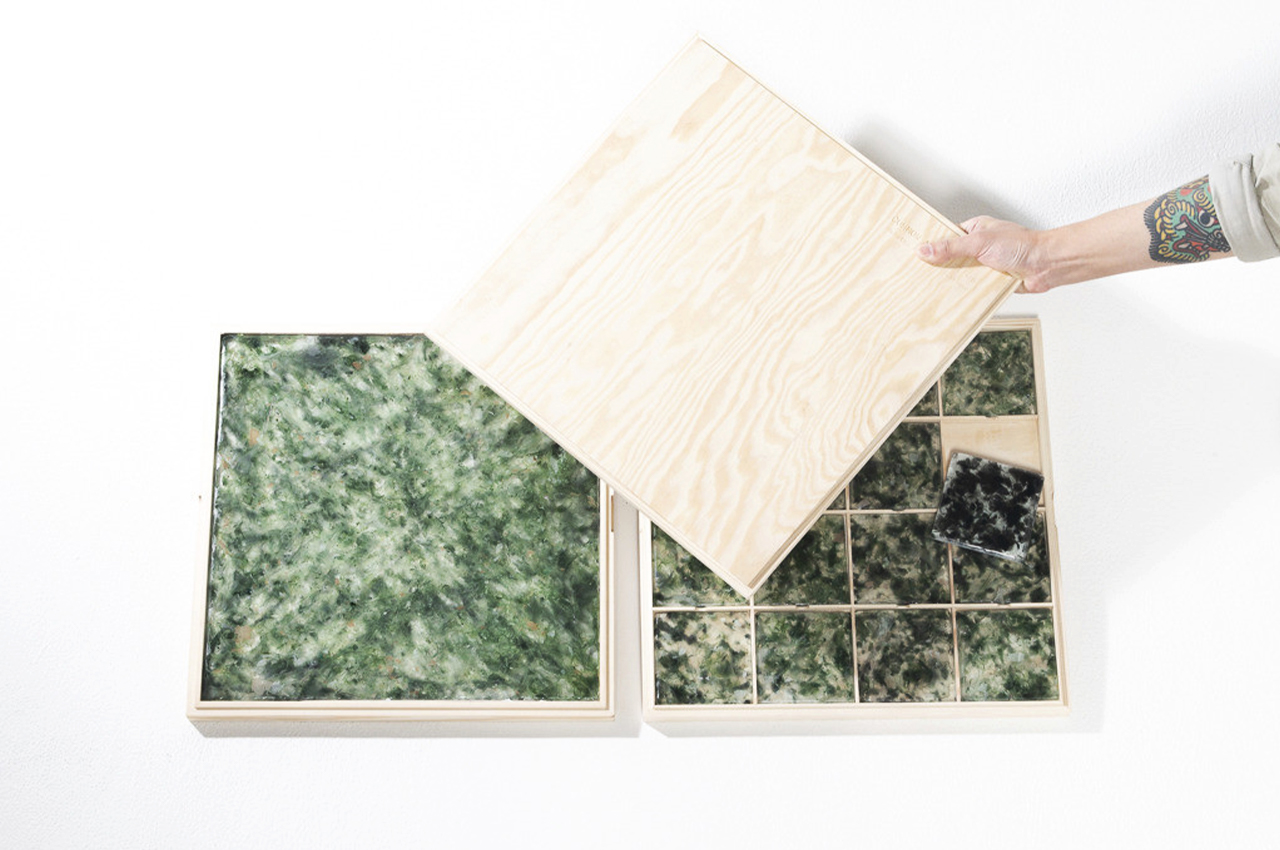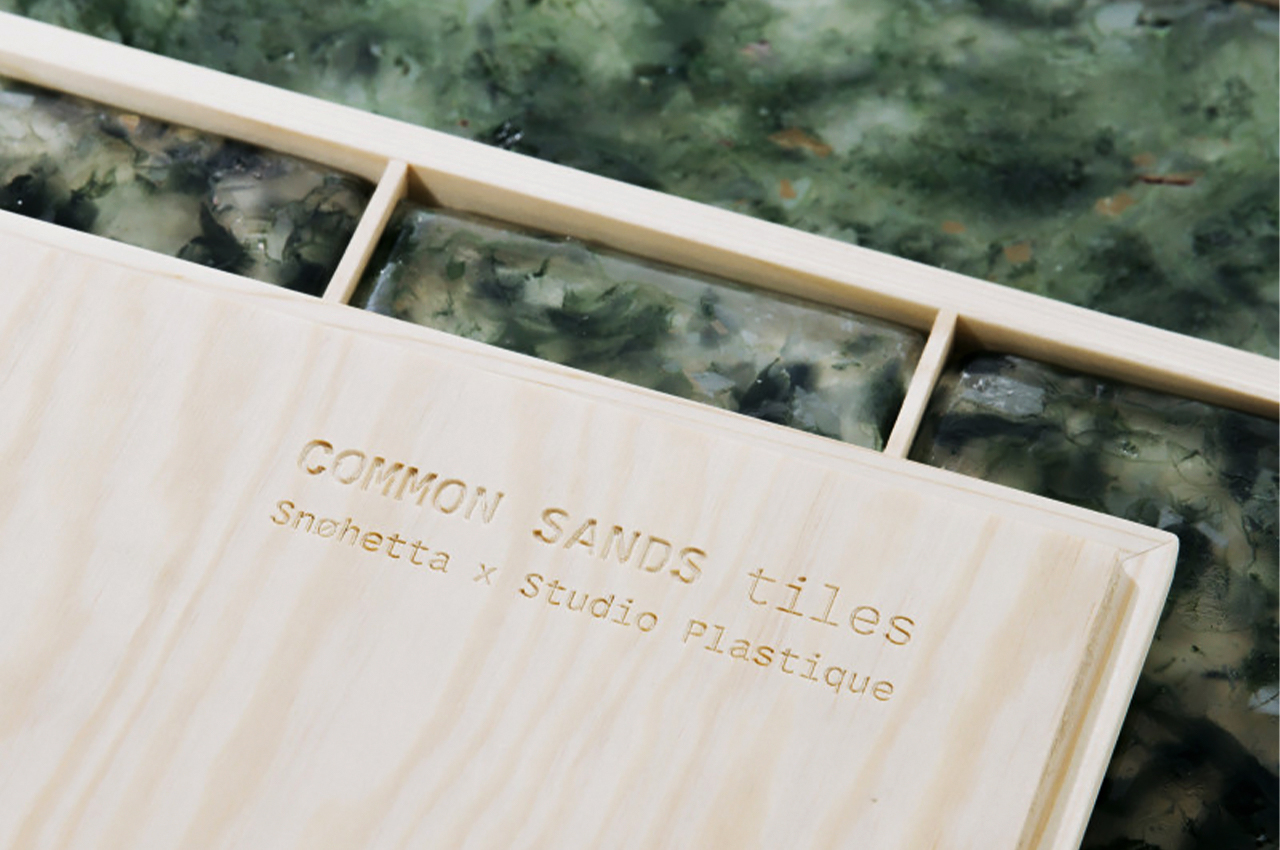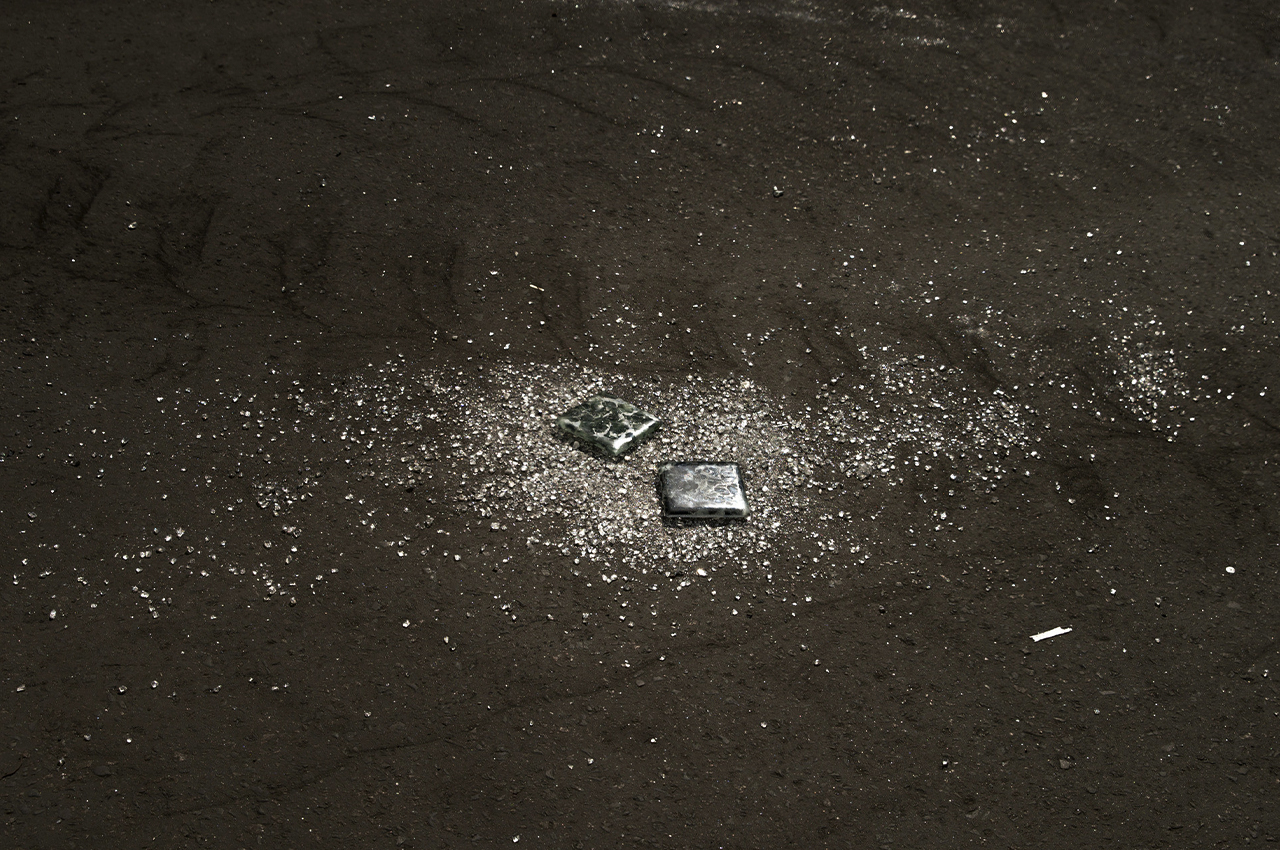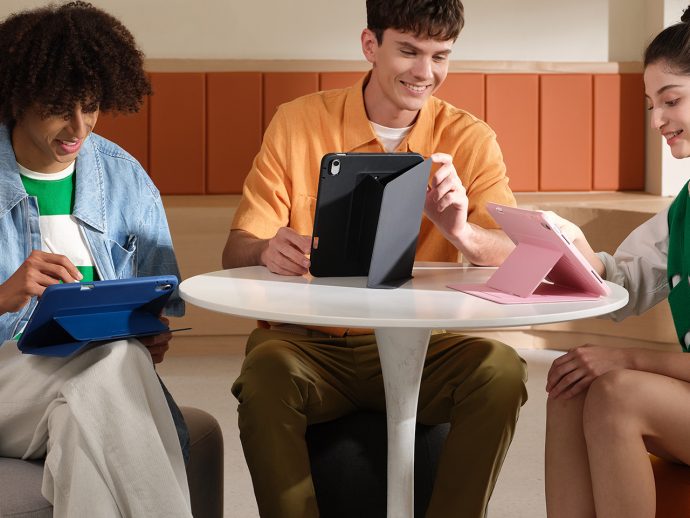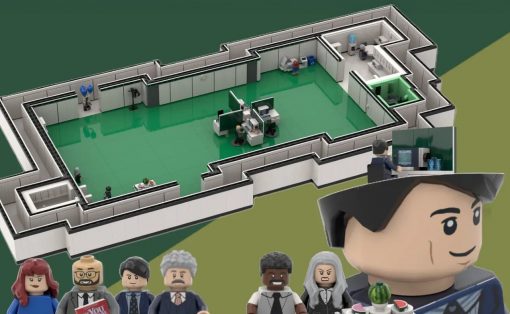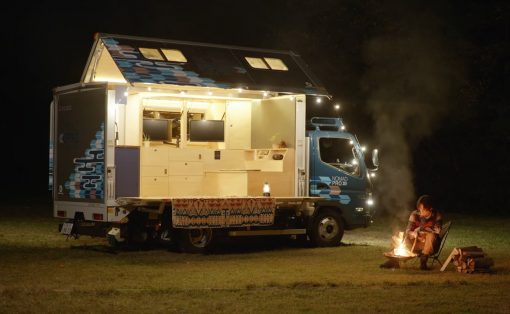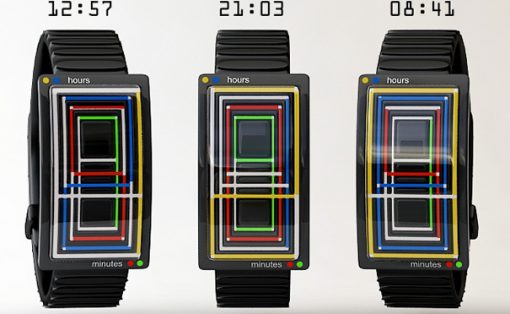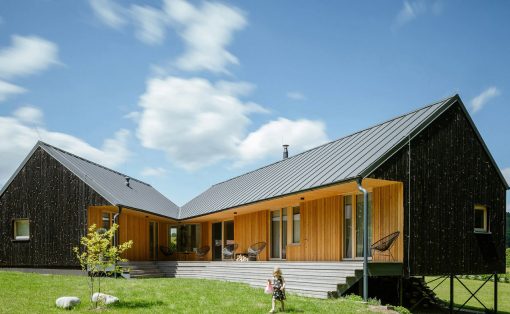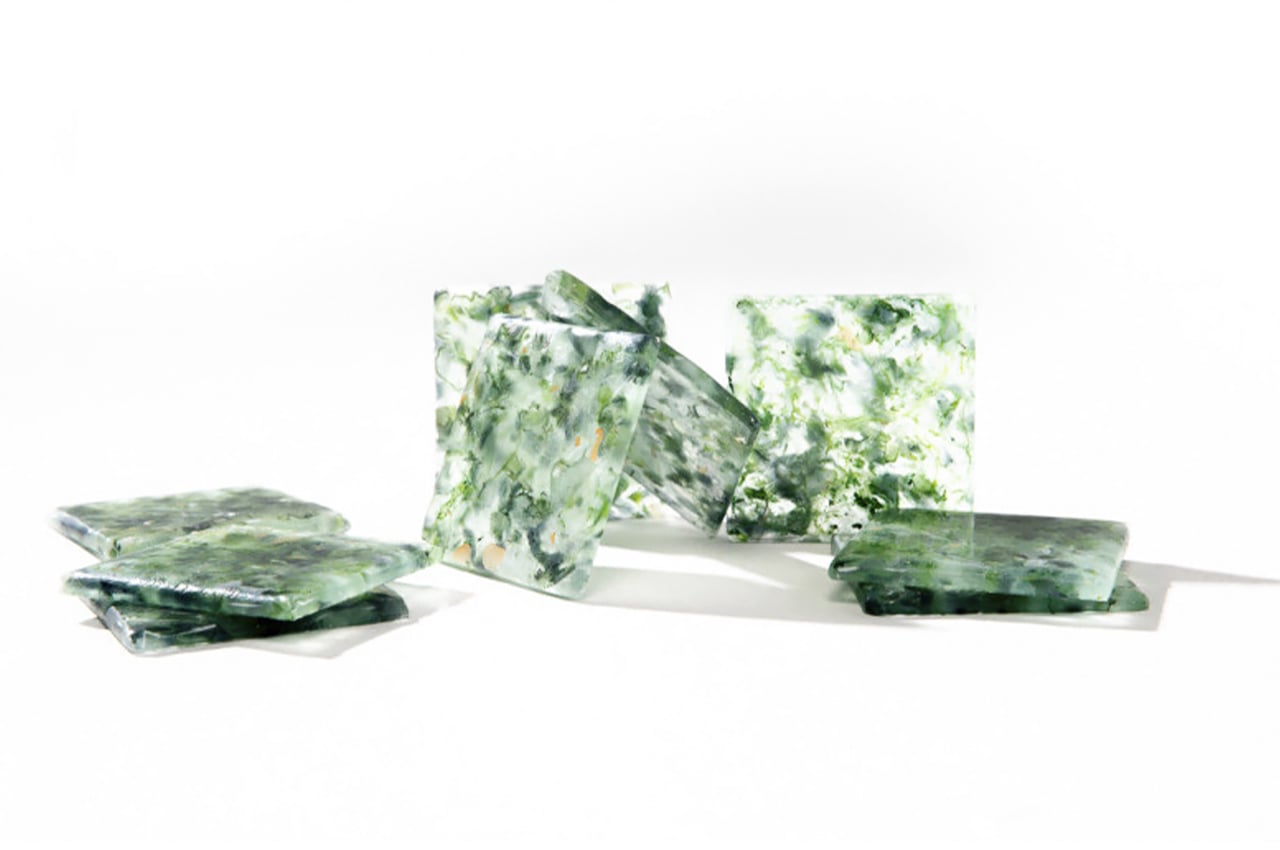
Everyone is chasing the next sustainable material that will change the design industry, from seaweed to mushroom no stone (or plant) is left unturned given how urgently we need alternatives to combat climate change. But at the same time, very few are looking at how to recycle existing sustainable materials like glass that can give them a second life! Common Sands is a design project focused on just that – recycling glass from consumer electronics and turning them into tiles that would otherwise end up with electronic waste.
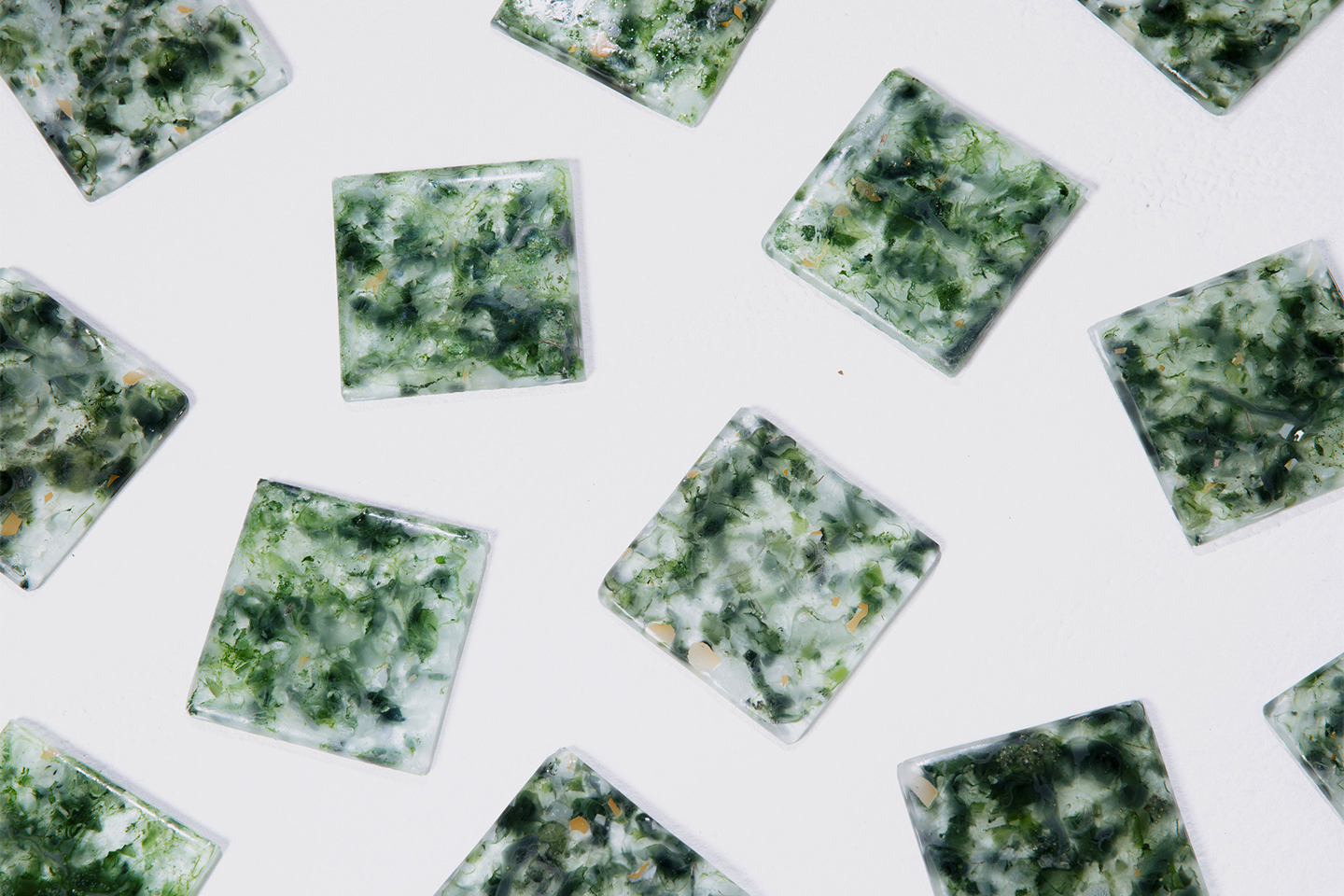
Glass is sustainable from its origin to its end. While the process of making it contributes to emissions like most things, we can counteract it by extending the life of the glass as it is infinitely recyclable rather than letting it go to waste only to make more of it. Sand is a crucial resource to our technology-focused society, it does a lot more than lay at the beach! We production of silicon microchips, fiberoptic cables, insulation, solar cells, and it is also the primary ingredient in glass which is used in the production of consumer electronic products such as fridges, microwaves, and computers.
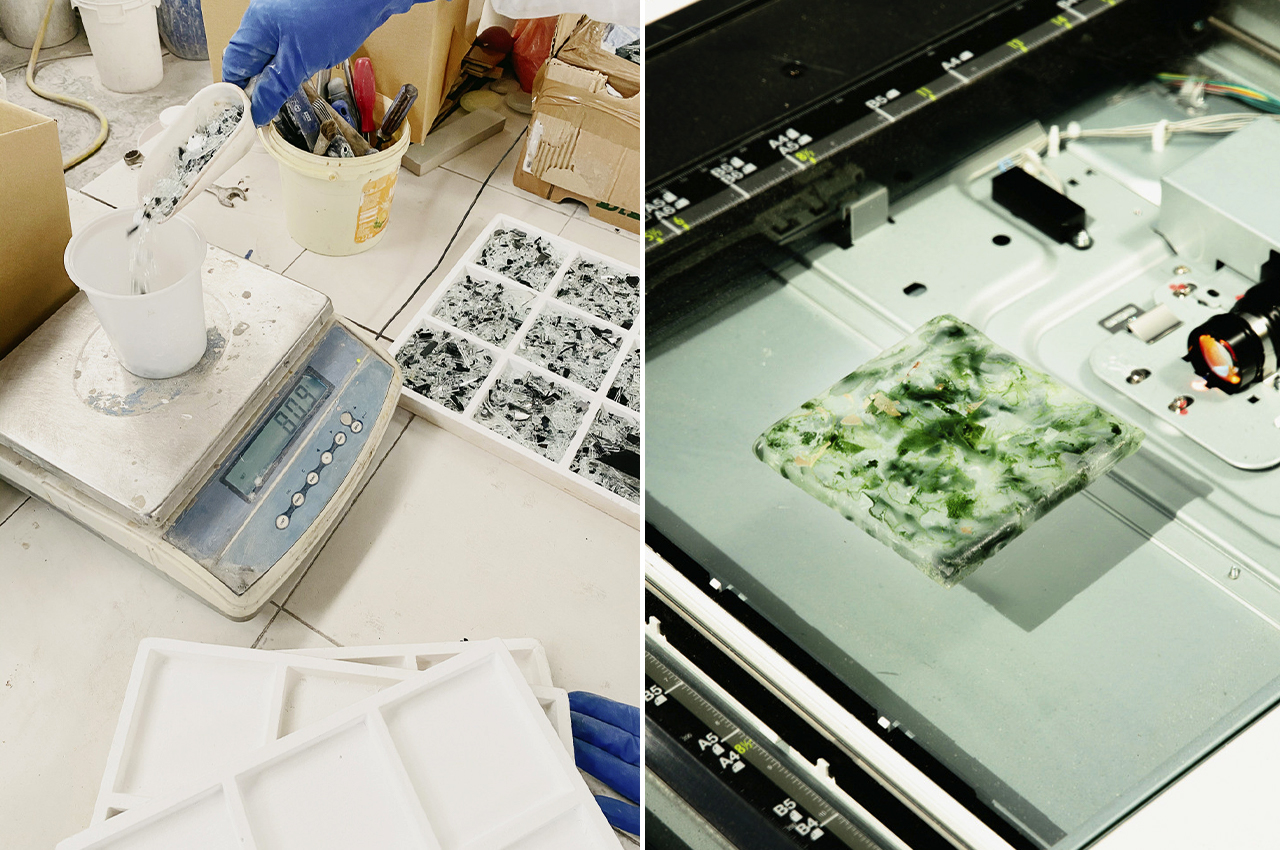
Despite strenuous attempts to extract, transport, refine and process sand into complex electronic components, not much is done to recycle these components when the electronic goods are discarded after use partly because there are no clear directives on effectively processing glass from electronic waste. To address this issue, a Norwegian architectural design office called Snøhetta collaborated with Brussels-based Studio Plastique to research and explore the possibility of recycling as well as utilizing glass contained in electronic waste.
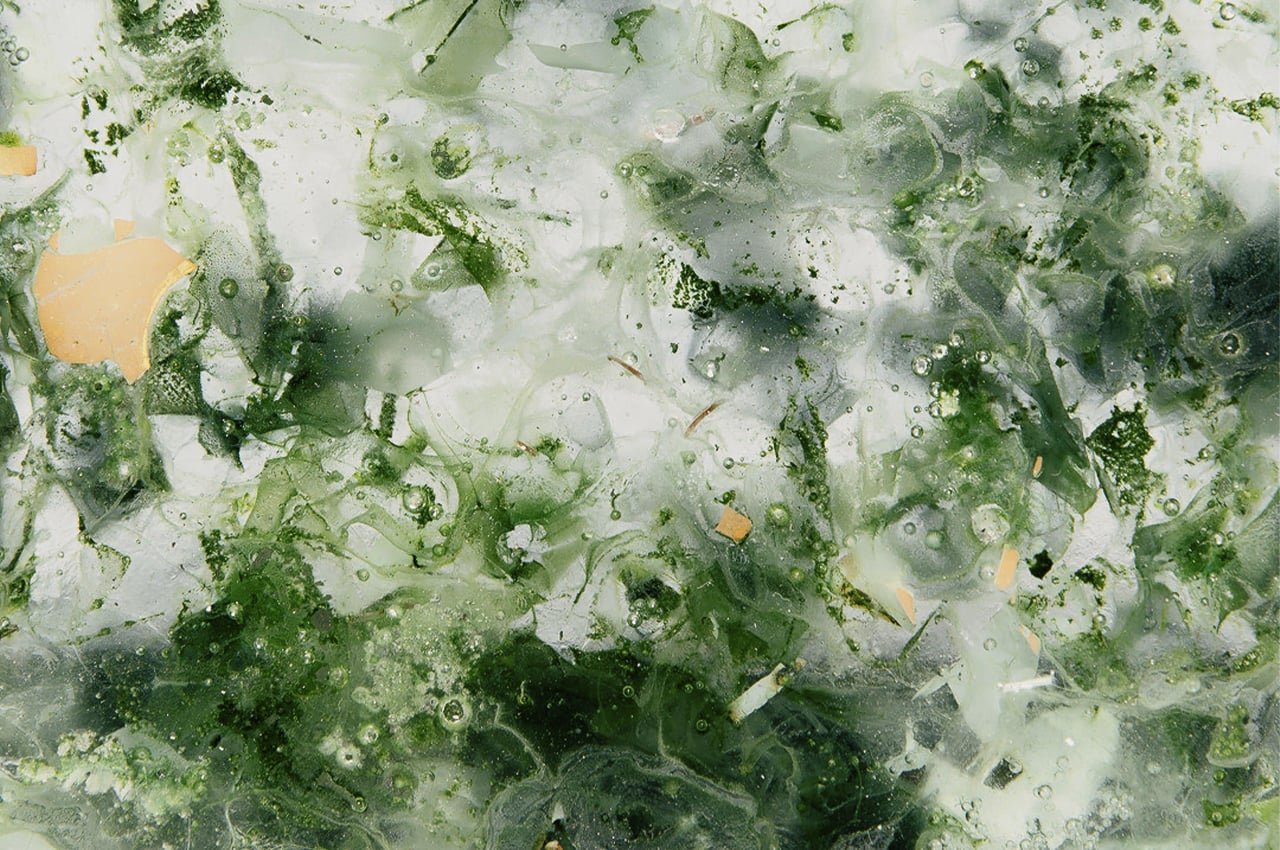
After multiple trials, prototypes, and variations, the team developed a standard process for recycling electronic waste glass components as well as an application that integrates its variable material quality – glass tiles! This is where Italian ceramic tile manufacturer Fornace Brioni came in and brought their experience, industrial know-how, production facilities, and potential for scalability to the project to the table. The team is starting with waste glass from ovens and microwaves to demonstrate the aesthetic depth, function, and potential of the recycled material.
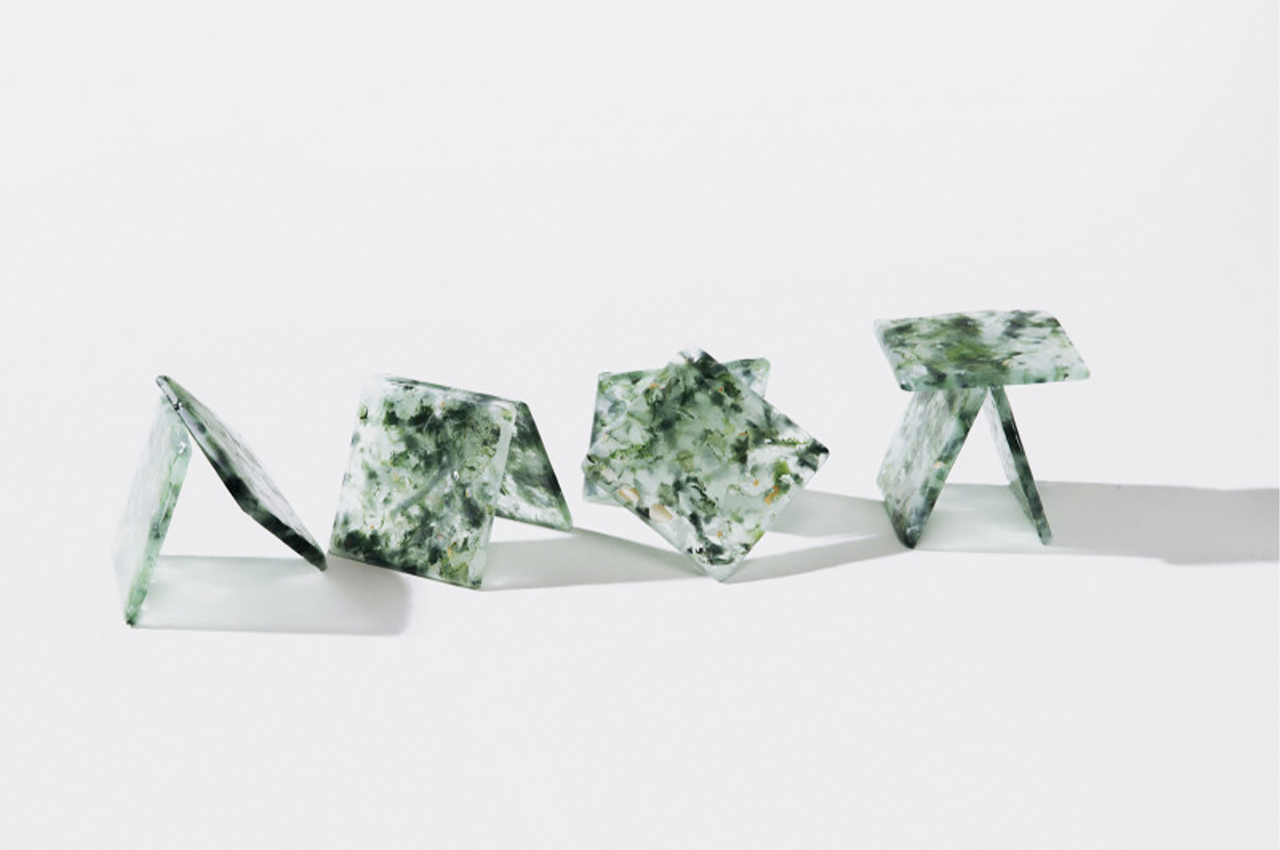
Using recycled glass, the team made tiles in two different sizes that were both opaque and transparent. Each one had a unique pattern and look, but all the tiles showed a deeply complex, terrazzo-like material quality. This determined that they are suitable for a wide range of architectural applications, including both surface coverage and semi-transparent partition elements! Common Sands has now turned potential waste into architectural glass tiles that are scalable, infinitely recyclable, and effectively reducing electronic waste!
Designers: Snøhetta, Studio Plastique, and Fornace Brioni
